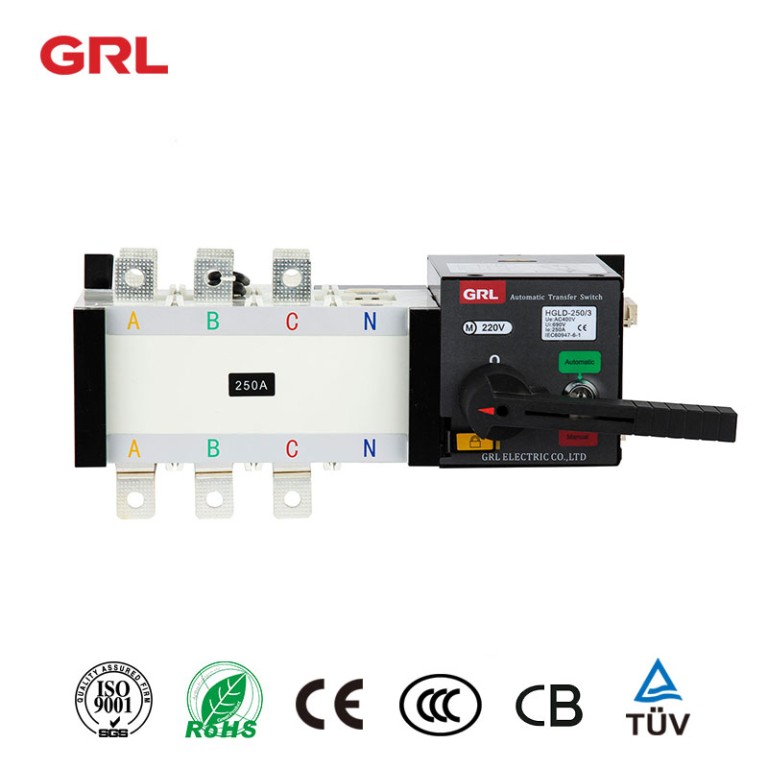
# Automatic Transfer Switch: Ensuring Uninterrupted Power Supply
## What is an Automatic Transfer Switch?
An Automatic Transfer Switch (ATS) is a critical component in backup power systems that automatically transfers electrical load from the primary power source to a secondary (backup) power source when the primary source fails. This seamless transition ensures uninterrupted power supply to essential equipment and systems.
Keyword: Transfer Switch
## How Does an Automatic Transfer Switch Work?
The operation of an ATS can be broken down into several key steps:
- Continuous monitoring of the primary power source
- Detection of power failure or voltage irregularities
- Automatic disconnection from the primary source
- Initiation of the backup generator (if applicable)
- Transfer of electrical load to the backup source
- Monitoring for restoration of primary power
- Automatic retransfer when primary power is stable
## Types of Automatic Transfer Switches
1. Open Transition ATS
Also known as “break-before-make,” this type creates a momentary power interruption during transfer, typically lasting 3-10 seconds.
2. Closed Transition ATS
This “make-before-break” switch synchronizes the sources before transfer, eliminating power interruption for sensitive equipment.
3. Delayed Transition ATS
Incorporates a programmed delay to allow for motor loads to dissipate before transfer occurs.
4. Soft Loading Transfer Switch
Gradually transfers load to avoid sudden power surges, ideal for large industrial applications.
## Key Features of Modern ATS Systems
- Microprocessor-based controls for precise monitoring
- Programmable time delays for proper sequencing
- Built-in safety interlocks
- Remote monitoring capabilities
- Self-testing functionality
- Event logging and reporting
## Applications of Automatic Transfer Switches
ATS systems are essential in numerous settings where power continuity is crucial:
- Hospitals and healthcare facilities
- Data centers and telecommunications
- Industrial manufacturing plants
- Commercial buildings
- Emergency services and public safety facilities
- Residential applications with standby generators
## Benefits of Using an Automatic Transfer Switch
1. Reliability
Ensures continuous power supply without human intervention.
2. Safety
Prevents backfeeding and protects equipment from damage.
3. Convenience
Eliminates the need for manual switching during power outages.
4. Equipment Protection
Proper sequencing prevents damage to generators and electrical systems.
5. Compliance
Helps meet regulatory requirements for critical facilities.
## Choosing the Right Automatic Transfer Switch
When selecting an ATS, consider these factors:
- Electrical load requirements
- Type of backup power source (generator, UPS, etc.)
- Transfer time requirements
- Environmental conditions
- Future expansion needs
- Budget constraints
## Maintenance Considerations
To ensure optimal performance of your ATS:</p